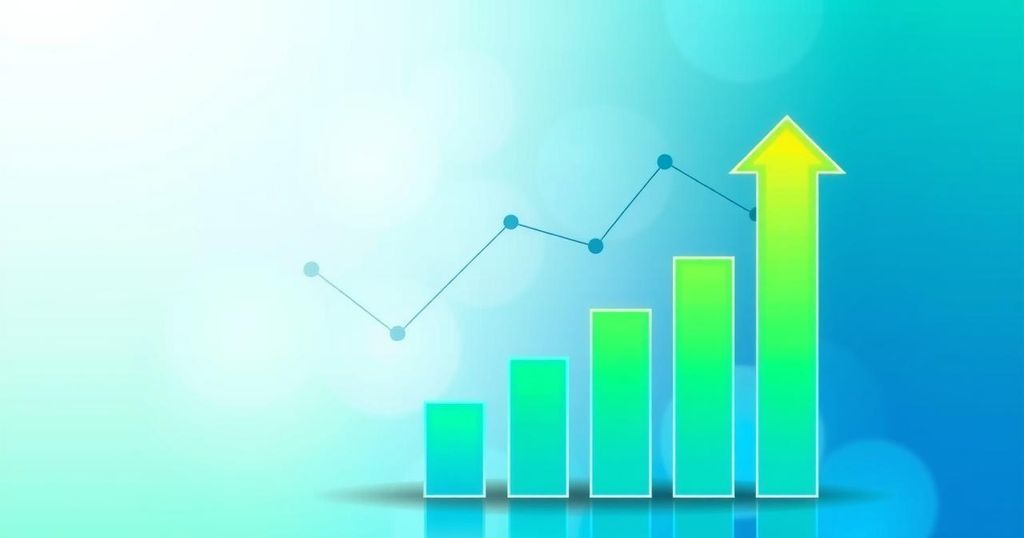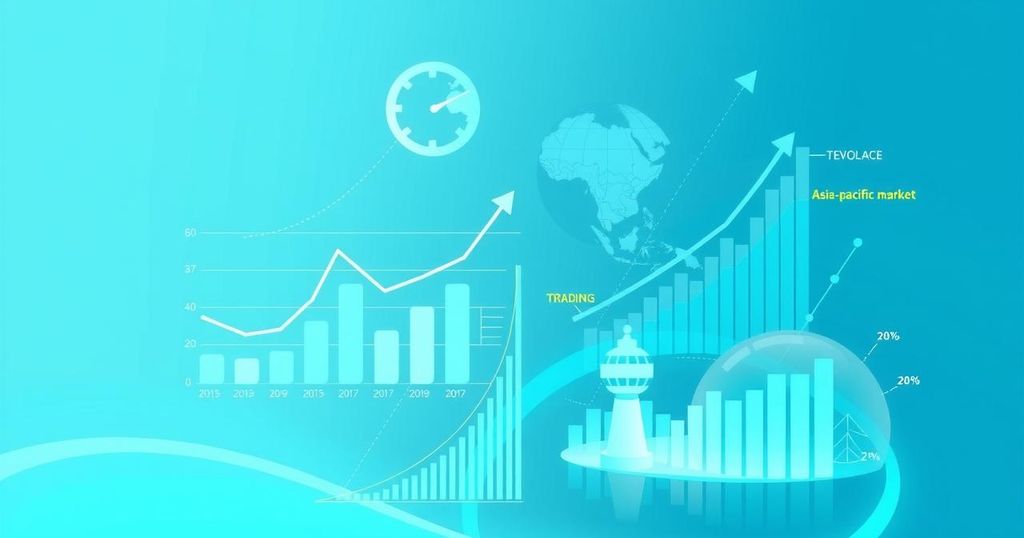OECD Projects 5.7% GDP Growth for Argentina in 2025 Amid High Inflation
The OECD forecasts a 5.7% GDP growth for Argentina in 2025, signaling recovery after previous economic contraction. While inflation is expected to remain high at 28.4%, structural reforms and increased sectoral growth promise improvements. The government must maintain fiscal responsibility to ensure sustained investment and stability.
The Organisation for Economic Co-operation and Development (OECD) has forecasted a 5.7% growth in Argentina’s GDP for the year 2025, highlighting a significant recovery in the nation’s economy following a period of contraction. Despite this optimistic projection, the OECD anticipates that Argentina will still grapple with an annual inflation rate of 28.4% in 2025, as outlined in their latest Economic Outlook released in March 2025.
In addition to the OECD’s projection, both the International Monetary Fund (IMF) and the World Bank have estimated a GDP growth of approximately 5% for Argentina in 2025. Meanwhile, the Central Bank of Argentina’s recent Market Expectations Survey suggests a robust economic rebound, with experts forecasting a 23.3% inflation rate alongside a GDP growth of 4.8% for the same year.
Key factors fueling this growth include the economic reforms and fiscal adjustments undertaken by President Javier Milei’s administration since December 2023. These reforms are expected to contribute to a significant reduction in inflation from 117.8% in 2024 to 23.3% by 2025, thereby fostering growth in critical sectors such as energy, mining, and agriculture. Furthermore, an increase in real wages due to disinflation is likely to enhance consumption.
To stimulate economic activity, a tax amnesty plan initiated in August 2024 has successfully generated over $22 billion in new financial inflows. However, this projected growth follows an estimated 2.8% contraction in 2024. Continued efforts to stabilize the national currency are necessary, with experts predicting a nominal exchange rate of 1,175 pesos per dollar by December 2025. For sustainable recovery, the government must uphold fiscal discipline and persist with necessary economic reforms to attract foreign direct investments.
Additionally, the Incentive Regime for Large Investments (RIGI), introduced in July 2024, offers substantial tax and regulatory incentives for investments exceeding $200 million in sectors such as energy, mining, and technology. This initiative aims to create a stable regulatory environment to draw both local and international investors for up to three decades. A significant milestone in revitalizing investor confidence was achieved in January when Argentina repaid $4.341 billion to international bondholders, further reinforcing the country’s commitment to economic recovery.
In summary, the OECD’s projection of 5.7% GDP growth for Argentina in 2025 presents a promising outlook for economic recovery following previous contractions. Despite enduring high inflation levels, key reforms under President Javier Milei coupled with significant investment initiatives signal a potential shift towards stability. However, sustaining this growth will require ongoing fiscal responsibility and the implementation of further economic reforms to attract investments.
Original Source: eurasiabusinessnews.com




Post Comment